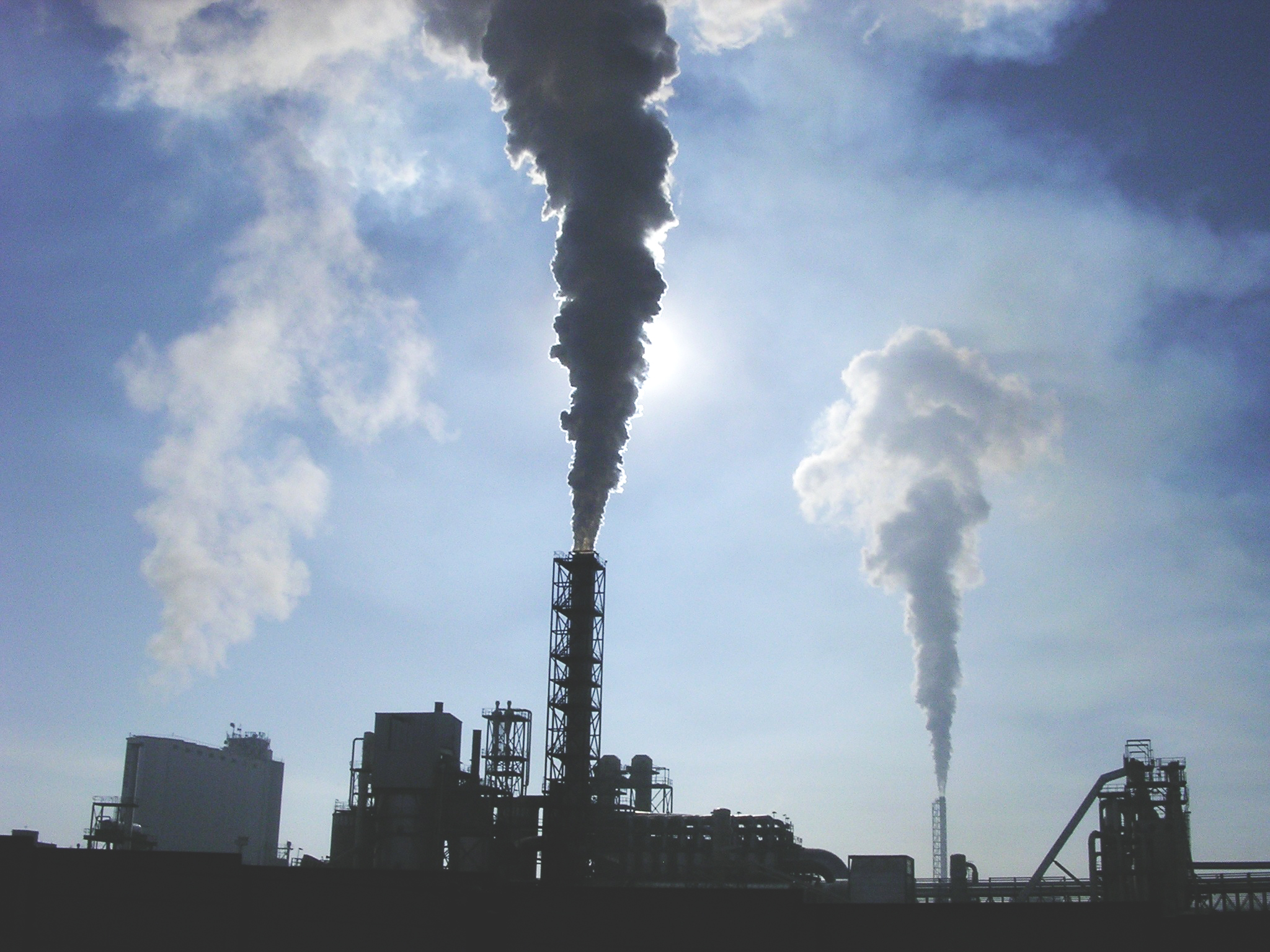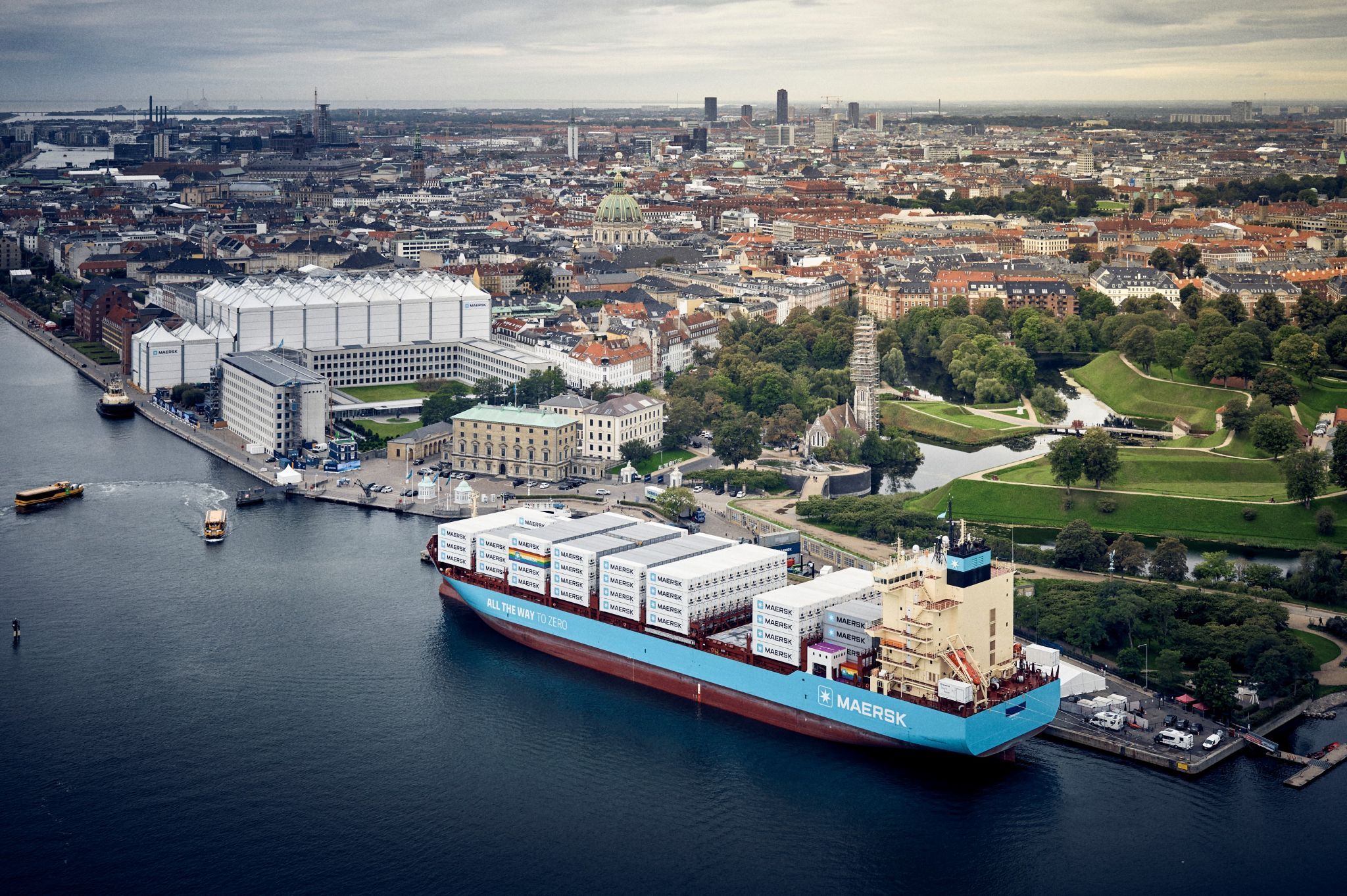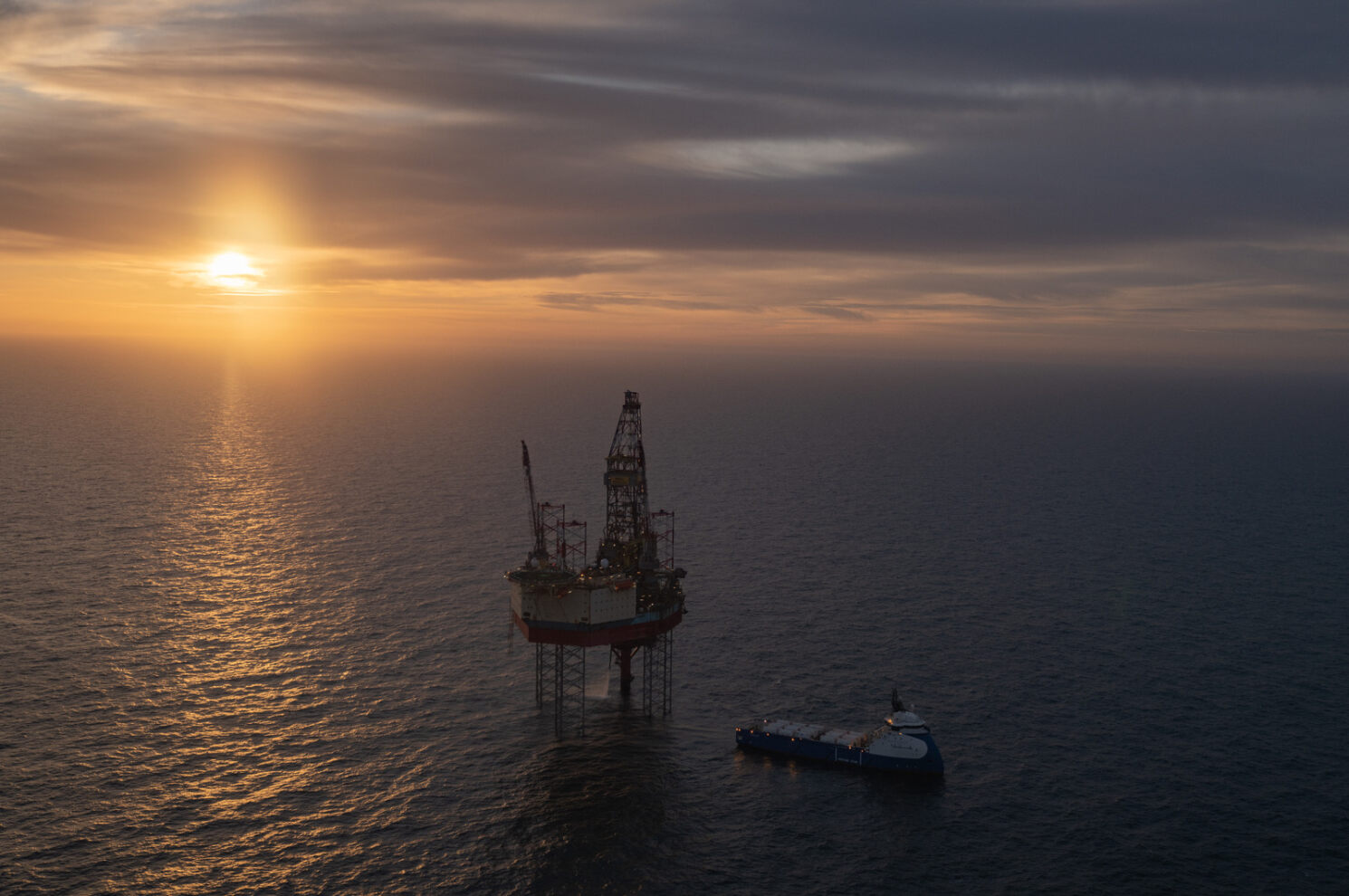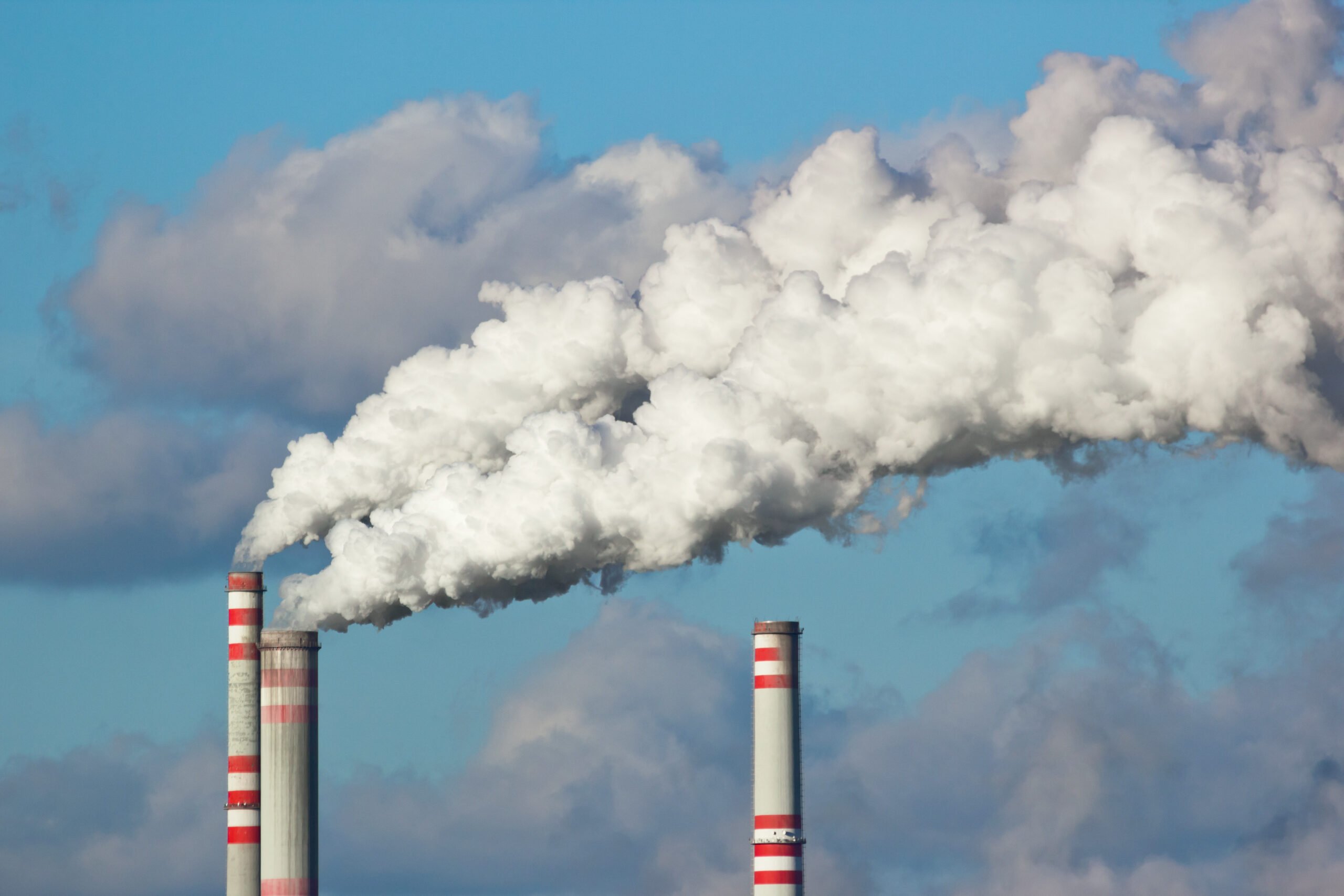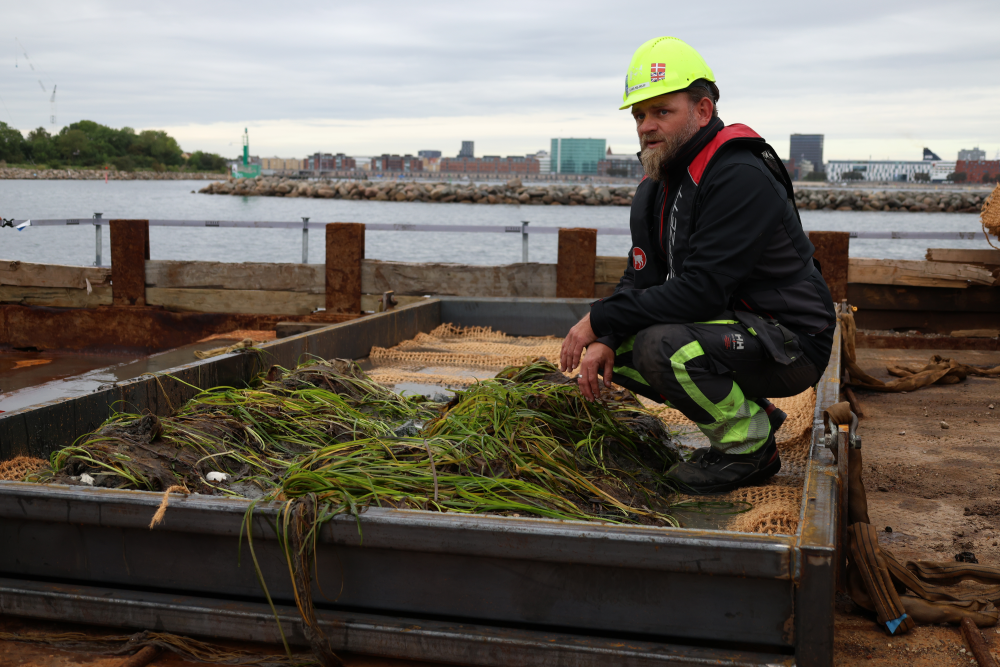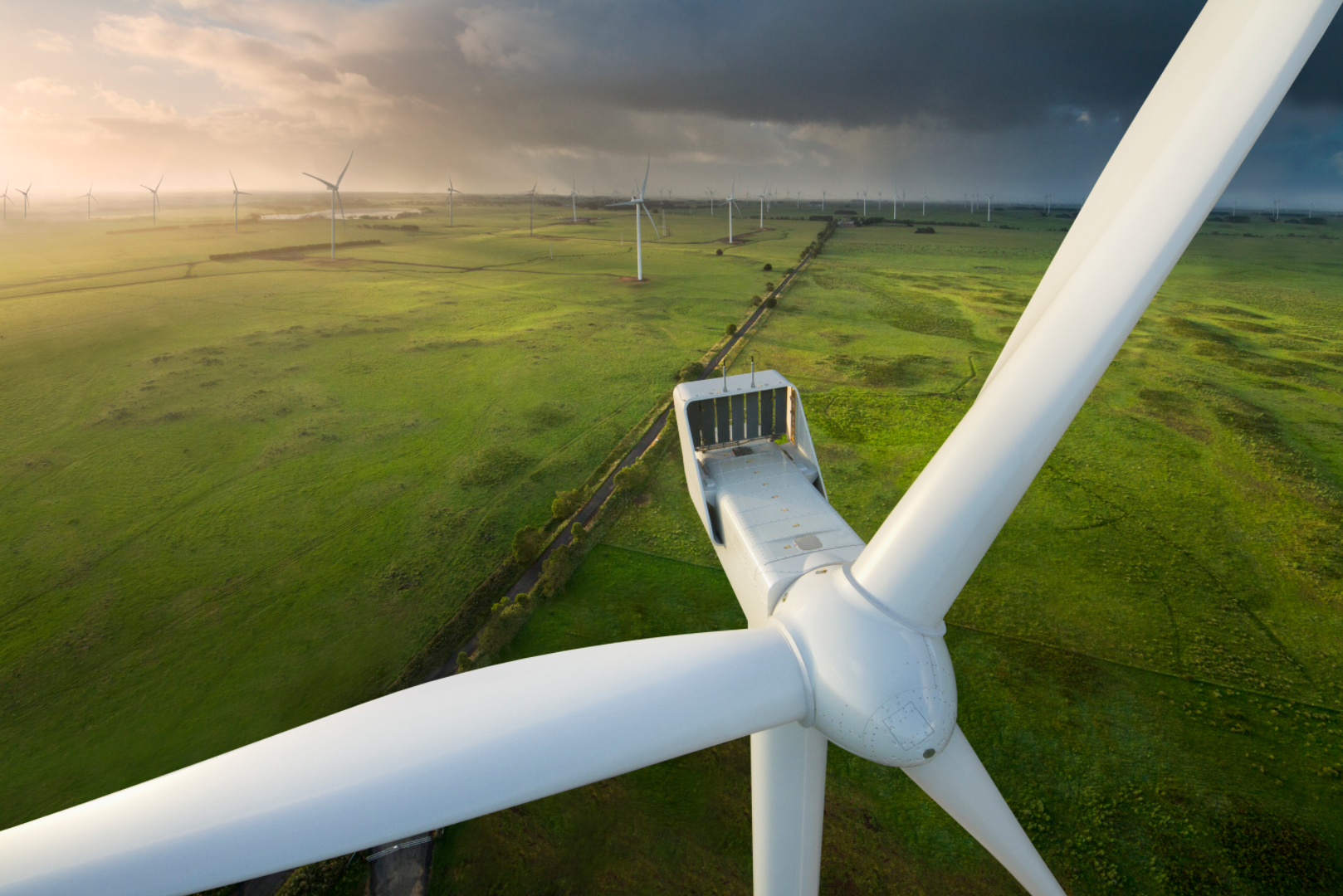Carbon capture, utilization, and storage (also called CCUS) will be one the solutions towards a 70% CO2 reduction in Denmark by 2030. The effort to reach that goal has been intensified as Innovation Fund Denmark has invested 201 million DKK in a new partnership called INNO-CCUS.
INNO-CCUS is one of four partnerships (so-called Innomissions) that will contribute to reduced greenhouse gas emissions in Denmark and to increased competitiveness of Danish business and industry. Each Innomission will work together with a wide range of companies and knowledge institutes to forward the joint agenda.
Towards a fossil-free future
‘CO2 capture and utilization are imperative to solving the paramount climate crisis we are experiencing due to decades of persistent exploitation of fossil resources. It is difficult to exaggerate the importance of the Innomission that works towards a fossil-free future, and each and every hour the Innomission becomes more and more important. At Danish Technological Institute, we are proud to be part of the partnership that comprises 56 proficient companies, universities, and GTS Institutes’, says Mr. Sune Dowler Nygaard, Executive Vice President at Danish Technological Institute.
201 million DKK will be invested in INNO-CCUS, and in the next few years, the partnership will develop and ensure mature technology and infrastructure that can capture, store, and utilize CO2. The partnership will focus on short-term and long-term solutions, and already in 2025, the first tangible results contributing to the reduction of CO2 are expected to see the light of day.
20 projects will be launched
Currently, 20 projects are ready to be launched in 5 areas that individually and in co-operation will ensure solutions that can reduce the discharge of CO2.
Danish Technological Institute is participating in three projects that will be implemented together with several knowledge partners and industrial partners. They will focus on the monitoring of CO2 storages, CO2 from biomass burning, and discharge from the production of cement.
CO2 storages will be monitored to avoid leaks
As part of the future scheme to store carbon in Denmark, ongoing monitoring will prevent CO2 leakage and ensure the integrity and safety of the oil reservoirs. Danish Technological Institute will participate in the development of advanced monitoring technologies based on on-site sensors and satellite measurements to ensure against leakage from the infrastructure that will handle and store the captured CO2.
Utilisation of CO2 from biomass burning
Most CHP plants in Denmark have replaced coal with biomass – mainly straw and wood pellets. Viewed individually, the CO2 discharge from biomass burning emits large amounts of CO2 – often polluted with other gasses and particles. That challenges the purity of the CO2 to be captured and subsequently used in the carbon-based production of the future. Therefore, Danish Technological Institute is developing a pilot test rig that under lifelike operating conditions will test technologies that can utilize CO2 from biomass-fired plants.
Towards the production of CO2 neutral cement
The cement industry discharges a considerable amount of CO2 that currently totals eight percent of the global load of CO2. In the project called NewCement, a new process will be developed; heat will be used to produce concrete by burning in pure oxygen instead of air – also called oxyfuel. A flue gas mainly consisting of CO2 and water is obtained – and it is not necessary to “purify” the CO2 out of the flue gas. That makes the carbon capture less expensive. It will be a trend-setting project, and it will present the first large-scale plant and expedite the green transition of the concrete industry.
Large partnerships pave the way for green transition
Danish Technological Institute already participates in several partnerships on CCUS, including Project Greensand that is developing an infrastructure for CO2 storage in closed oil reservoirs in the North Sea.
‘Funding suppliers as well as companies are investing more and more ambitiously in green transition, including CCUS; and funding takes place in partnerships that are becoming larger and more wide-ranging. That is an unconditionally good and necessary development as the broad partnerships permit interaction between requirements and solutions in the entire supply chain. That is exactly how a strong technological infrastructure works – not only financially and technologically – but also on a large scale. Therefore, INNO-CCUS is an important step towards green transition’, says Sune Dowler Nygaard, Executive Vice President at Danish Technological Institute.
